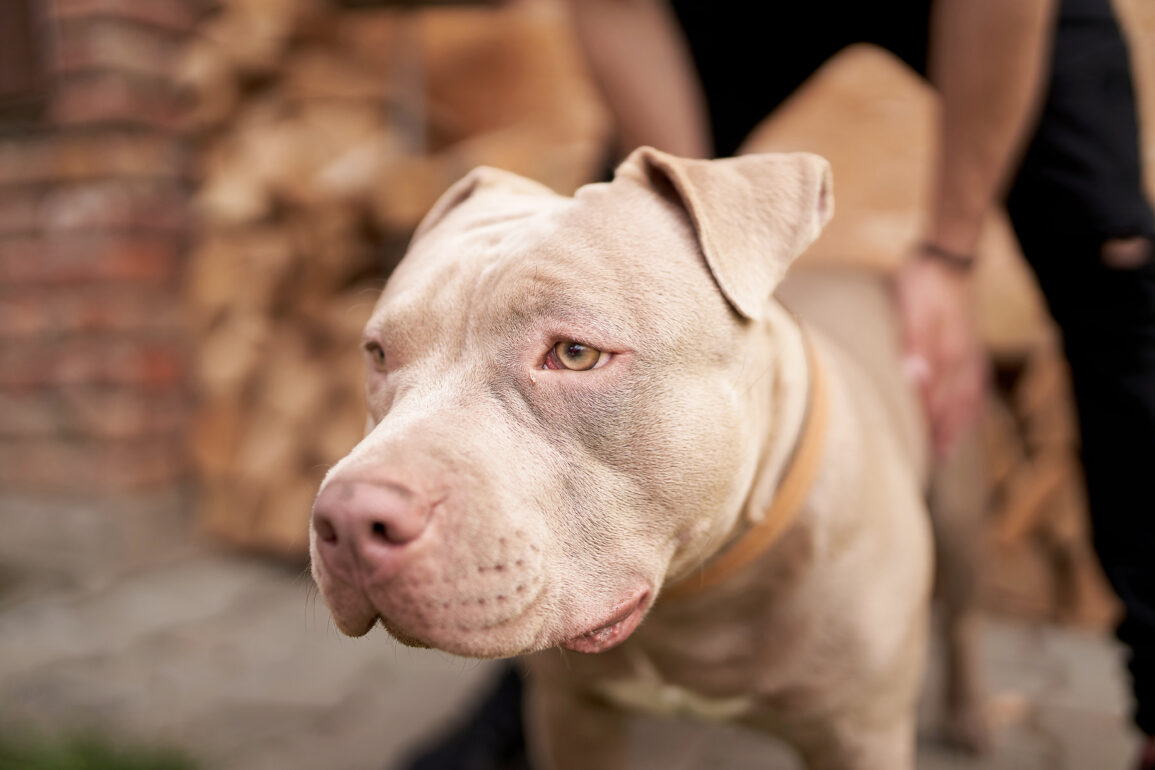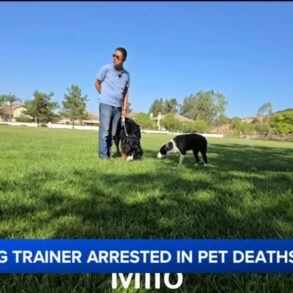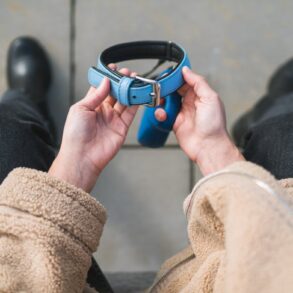A PET expert has revealed the tell-tale signs that a dog might attack before it bites.
He said size is not the only factor to consider when discussing the most aggressive dog breeds.
Axel Lagercrantz is an expert at Pets4Home, a UK-based marketplace where trusted breeders and rescues can connect with buyers.
Speaking to The U.S. Sun, he shared how to identify potentially dangerous dogs.
RED ALERT
Lagercrantz said canines have “distinct personalities” influenced by their genetics and environment.
However, “like humans” behavior is shaped by their “unique” temperament.
Read more pet tips
“Some dogs may naturally be more sociable, friendly, and adaptable, while others may be more introverted, cautious, or reactive,” he said.
“Understanding and respecting a dog’s individual personality is crucial for effective training and behavior management.”
Lagercrantz said dangerous situations can be avoided with timely intervention.
“Dogs use body language to communicate, and interpreting these signals can help prevent aggressive behavior,” he said.
Most read in Lifestyle
“Indicators of aggression include a stiff posture, raised hackles, intense staring, growling, snarling, and baring teeth.
“Additionally, behaviors such as turning away, licking lips, or yawning can signal discomfort or stress.”
MISUNDERSTOOD MONGRELS
American Pit Bull Terriers and Bullmastiffs are among the canines often perceived as “aggressive.”
Lagercrantz said they gained the reputation because historically they were bred for violence.
“While certain dogs are more likely to show signs of hostility, it is because it has been taught to them,” he said.
“It is difficult to blame anyone other than the humans for the development of stereotypes and fear surrounding these breeds.
“They were bred by humans, encouraged to exhibit aggressive behavior, which was then rewarded, and then bred from.
“This aggression does not mean that they will be aggressive towards humans, but it does mean that greater care needs to be taken with other dogs.”
Always keep your dog on a lead and, if necessary, muzzled in public places to ensure the safety of others.
Axel Lagercrantz
Lagercrantz said dogs should be evaluated on their “deed not breed.”
“All dogs can be aggressive, including smaller breeds such as Chihuahuas,” he said.
“Viewing certain breeds as ‘inherently dangerous’ or ‘inherently safe’ can lead to people ignoring body language signals of discomfort, due to preconceived assumptions about the breed.”
DOGGY DAYCARE
The pet expert said owners should take steps to rehabilitate and train unpredictable or aggressive dogs.
Professional dog trainers can offer personalized advice and management techniques.
Puppies require at least 15 hours a week of training.
Lagercrantz shared several tips for encouraging canines to be less aggressive.
“Proper socialization from a young age can prevent aggression,” he said.
“However, socializing an already aggressive dog requires careful management and professional help to ensure safety for all involved.
“Identify and progressively expose your dog to their triggers in controlled, incremental steps to desensitize them over time.”
He said positive reinforcement is also necessary for training unpredictable breeds.
Any dog can be dangerous, just as any person can be dangerous.
Axel Lagercrantz
“Avoid punishment as it can exacerbate fear-based aggression,” he said.
“Instead, use calm redirection and reward positive behavior to encourage progress.
“Always keep your dog on a lead and, if necessary, muzzled in public places to ensure the safety of others.
“Be vigilant and ready to manage unexpected situations.
“Inform other dog owners of your dog’s needs using visual cues like a yellow bandana and by directly communicating your dog’s challenges and requirements.
“These strategies aim to improve your dog’s behavior while ensuring safety and fostering a positive environment.”
ANIMAL ANTICS
Lagercrantz said pet owners should “honestly” assess their dog before bringing it to a professional such as a groomer, vet, or pet sitter.
“If your pet shows signs of aggression, extreme anxiety, or discomfort with strangers, it’s best to delay the visit and continue working on these issues,” he said.
“For dogs that may still react aggressively or fearfully even after training, using a muzzle can add an extra layer of safety.
“Gradually introduce the muzzle to your dog, ensuring it is comfortable and associates it with positive experiences.
“A well-fitted muzzle can help professionals feel safer and more confident, reducing the risk of bites or other aggressive behaviors.”
Lagercrantz added that all animal lovers should be mindful of dogs they don’t know.
“Any dog can be dangerous, just as any person can be dangerous,” he said.
Read More on The US Sun
“It’s always wise to be wary of dogs you don’t know and be on the lookout for any body language that may indicate the dog is uncomfortable or stressed.
“Always remember to ask for permission from a dog’s owner before petting them.”
This post was originally published on this site be sure to check out more of their content.















































